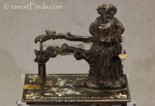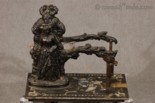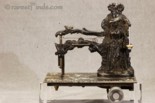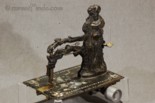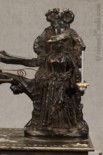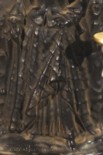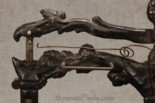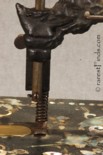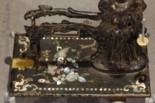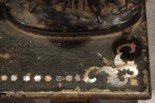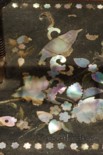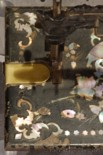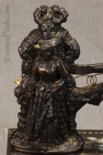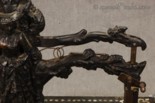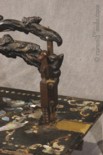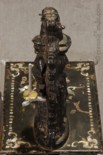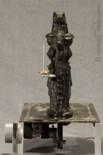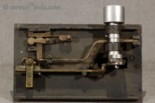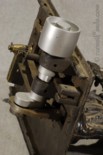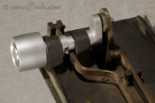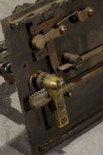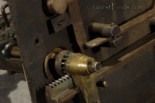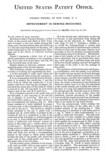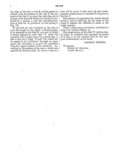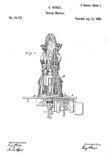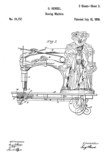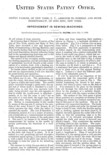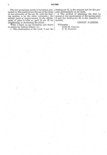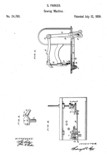The finest figural Sewing Machine; the “Lady” or “Cora Munro”, the only one known besides the patent models in the collection of the Smithsonian Institution in Washington D.C.!
Patents, click on any thumbnail picture to download large image! Use browser back-button to go back.
Up to the discovery of the machine offered here, no other example was ever found and this machine is the only one known outisde the Nations History Museum, also known as Smithsonian Institution.
Grace Roger Cooper commented in her book: "Other than the two machines [patent models] described, no other examples are known to have survived, but
”Lady„ or ”Cora Munro„ sewing machines were manufactured." Cooper goes on and offers the following information and description of the Lady machine in her book, which is out of print for decades:
Figure 104. - “Lady” SEWING MACHINE of about 1859. The contemporary name of this machine is unknown. The unusual design of the head, or main support, is based in part on the design patent, number 216, of Isaac F. Baker, issued April 10, 1849, for a “new and useful design [,] for ornamenting furniture [,] called Cora Munro” who was a character in James Fenimore Cooper’s Last of the Mohicans.The theme on the sewing machines's table with a painted sceen over inlaid mother of pearl depicting a bird in a tree repeats the them of the moving arm of the sewing machine.
The design shows a female figure wearing a riding dress and hat that is ornamented with a plume and a bow. Her right hand holds a riding stick and the left, her skirt. Trunks of trees and foliage complete the Baker design, which is known to have been used for girandoles of the period. A companion design was also patented by Baker, number 215, which is in the form of a man in military costume and is named “Major Heyward,” for another character in Last of the Mohicans.
The sewing machine based on the “Cora Munro” design also use branch designs as the overhanging arms. A mother bird sits in the upper branch and descends to feed a young bird as the machine is in operation. The one illustrated was used as the machine submitted with a request for patent by George Hensel of New York City for which patent 24,737 was issued on July 12, 1859. Since Hensel’s patent application was for an improvement in the feed, there was no need to put a highly decorative head unless such a machine was commercially available. The patent specifications merely state that the head is “ornamented.” Another sewing machine of this type was used as the patent model by Sidney Parker of Sing Sing, New York, number 24,780, issued on the same date as the Hensel patent. Parker's patent also covered an improved feeding mechanism. In the patent description, however, the inventor states that “the general form of the machine is not unlike others now in use.” By this he might have meant in the design, or possibly in the basic structural form. Other than the two machines described, no other examples are known to have survived, but “Lady” or “Cora Munro” sewing machines were manufactured. (Smithsonian photo 45506 - D.)
Condition:
The machine still has much of its original paint and is heavily decorated with mother of pearl. The machine was missing its main
shaft and bobbin holder, which have been re-constructed and machined after the drawings of the patents shown above and also photographs obtained from the Smithsonian Institution taken from the other two machines which obviously have different mechanisms as they were used for two different feeding mechanisms.
This Lady sewing machine is without any doubt a very early and exceedingly rare piece, hence very desirable, and of museum quality.
Inventory #09262
Price: Sold!
